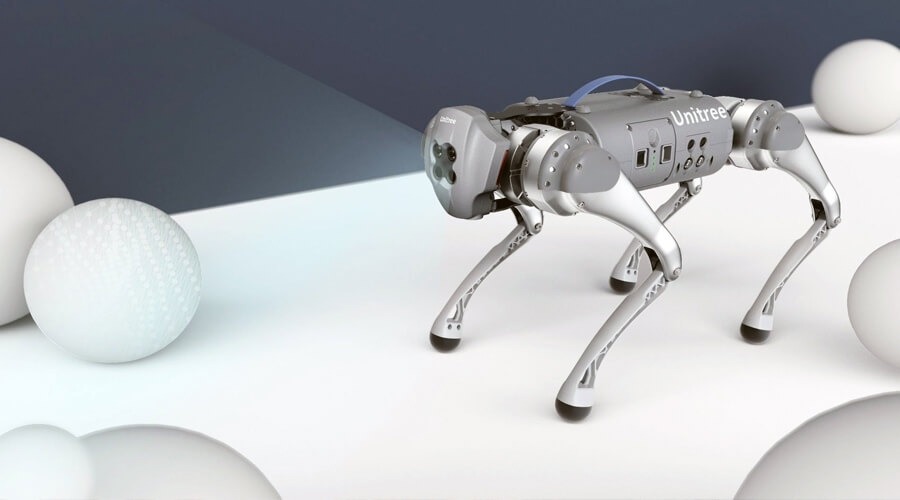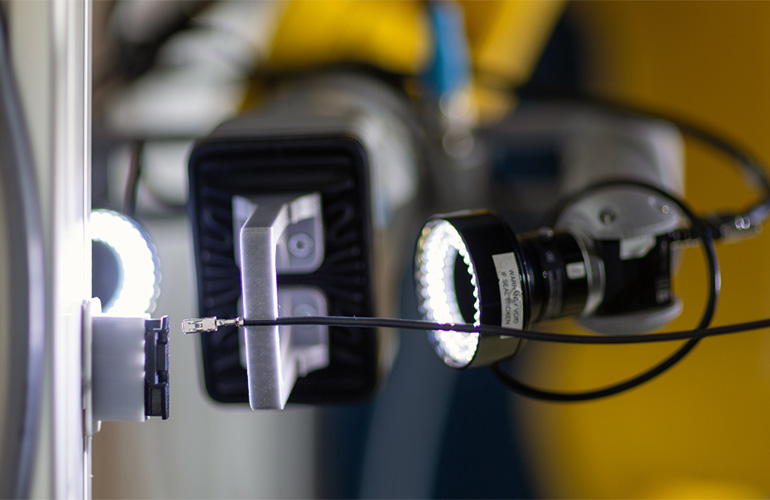In a groundbreaking collaboration between engineers from Belgium and France, the ThermoBot system has emerged as a pioneering solution in the realm of microrobotics. Designed to showcase the efficacy of a novel method for manipulating micro-objects and controlling micro-robots on water surfaces, ThermoBot harnesses the power of infrared laser technology to redefine precision control in miniature systems.
At the heart of ThermoBot lies the Marangoni effect, a phenomenon that triggers thermocapillary convection flows in water upon localized heating. This ingenious approach leverages infrared laser beams directed at specific points near micro-objects, inducing fluid flows that propel the objects with remarkable precision. By modulating laser power, heating duration, and heating point position, engineers can dictate the direction and speed of micro-object movement, facilitating intricate maneuvers and operations.
The versatility of the ThermoBot system extends beyond mere manipulation, offering the potential for micro-assembly of intricate devices. With meticulous control over position, speed, and orientation, ThermoBot opens doors to a myriad of applications across diverse fields, including medicine and microelectronics.
In medical realms, ThermoBot heralds a new era of minimally invasive procedures, enabling surgeons to navigate delicate procedures with unprecedented accuracy. From targeted drug delivery to precise cellular manipulation, the capabilities afforded by ThermoBot promise transformative advancements in healthcare.
Moreover, the adaptability of ThermoBot transcends conventional limitations imposed by microrobot size. Unlike traditional methods reliant on magnetic fields, ThermoBot operates with unparalleled precision at the interface between water and air, facilitating seamless control of micro-objects without interference from external factors.
The engineering prowess behind ThermoBot is exemplified by its testing apparatus, featuring a meticulously crafted setup comprising a water-filled tank and a dynamic mirror controlled by piezoelectric elements. This intricate infrastructure, coupled with an infrared laser emitting at a wavelength of 1455 nanometers, enables precise manipulation of micro-objects within an 80 by 80 millimeter workspace.
Innovations abound within the ThermoBot ecosystem, with engineers achieving remarkable feats such as simultaneous control of multiple micro-objects along predefined trajectories and directed assembly of composite microstructures. These milestones underscore the transformative potential of ThermoBot in revolutionizing micro-assembly processes and advancing the frontiers of miniaturized technology.
While ThermoBot is not without its current limitations, notably constrained manipulation to two dimensions and a finite number of heating points, ongoing advancements promise to surmount these challenges. Future iterations of ThermoBot aim to enhance optical systems, expanding the repertoire of surface illumination patterns and unlocking new realms of possibility in micro-assembly and microrobotics.
In essence, ThermoBot stands as a testament to human ingenuity, embodying the relentless pursuit of innovation in the quest to unlock the full potential of miniature technology. As engineers continue to refine and expand upon its capabilities, the future of microrobotics shines brighter than ever before, with ThermoBot leading the charge towards a new era of precision and possibility.


















